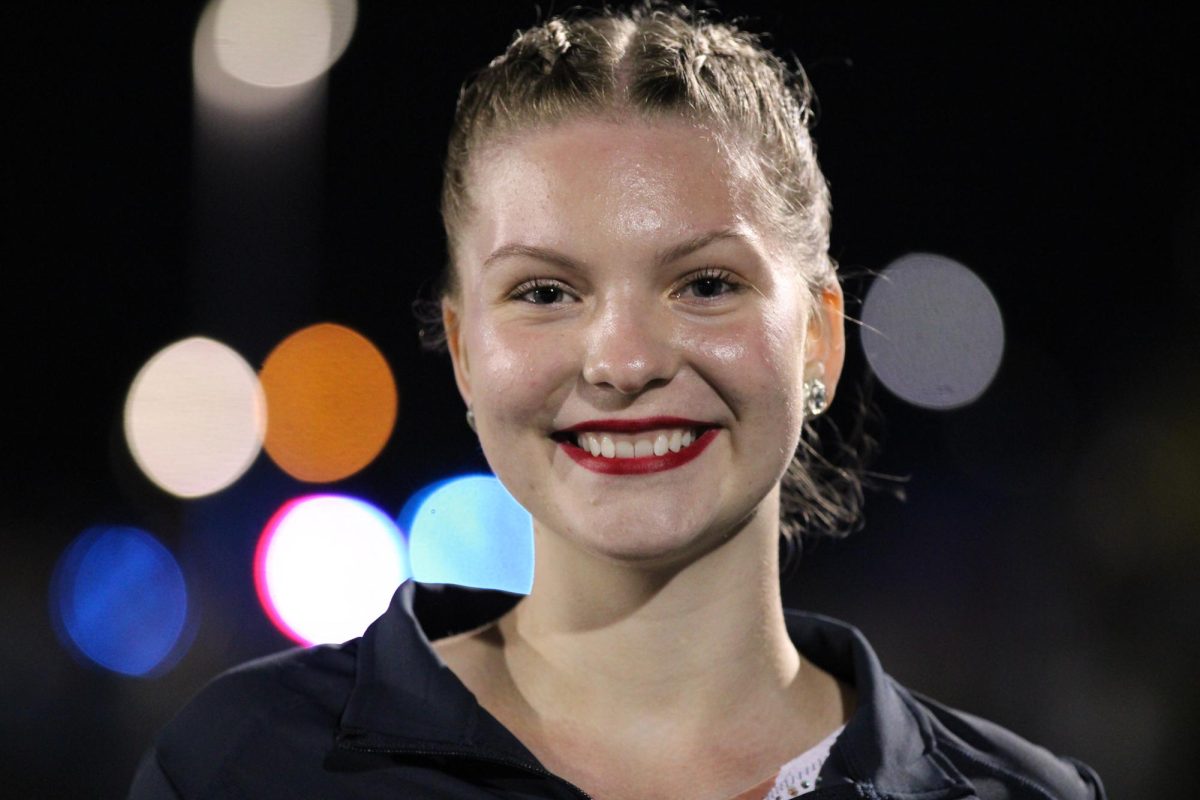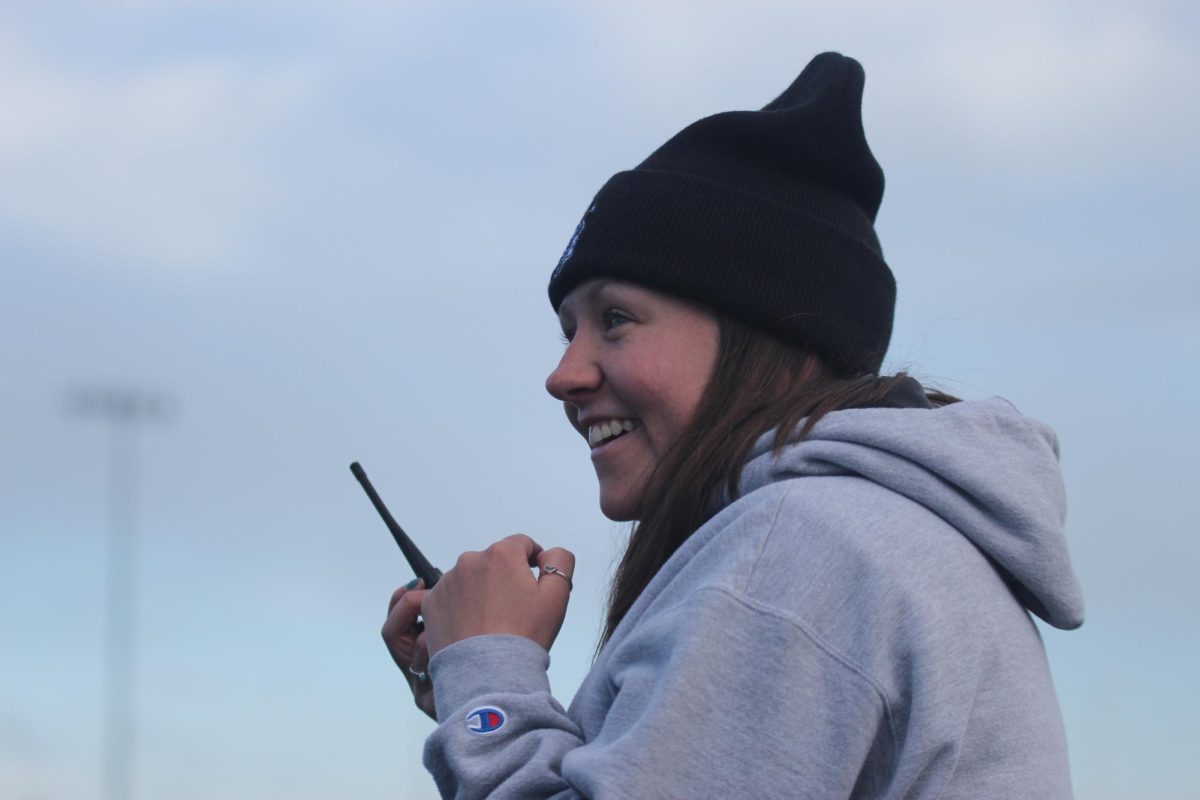While the pool is a well known utility within the school, there is more to keeping it open than you might think. The pool equipment has to be maintained and the filtration system has to be kept in good working order. This also means replacing the pool equipment from time to time.
Swim coach Bill Punyko is given a budget every year to spend on equipment for the swim teams. This equipment includes racing systems, starting blocks, and diving boards.
Punyko has a wish list of things that he would like to buy, but due to the high cost of equipment, many things are left unpurchased.
One of the few things left on his list is four power racks that use an adjustable weight and pulley system similar to those found on a stationary lifting machine in a gym. This allows the swimmers to swim pulling a set amount of weight across the pool to develop more powerful strokes. These power racks cost between $1,300 and $2,500 per machine. Along with the power racks, adding another diving board to the dive pool was considered.
“You know, there is nothing cheap about swimming. I want to add an additional diving board, and that’s $15,000. There are expenses involved,” Punyko said.
Punyko checked a box off of his list by purchasing a diving board for $1,000, but he still needs to purchase the concrete base that supports the board.
Punyko received a $3,000 grant from the Green Bay Packers to help pay for replacing the sound system in the Spartan Natatorium. He is currently working on another $,3000 grant to purchase a video live feed so people can watch swim meets from their mobile devices.
The swim team also receives money for transportation, apparel, and team meals. This money does not come from the school, it comes from the fundraisers that the swimmers participate in.
“Fundraising money goes towards apparel, team meals, and upgrades on the buses. The athletic department has us sell spartan cards for the girls team, and for the boys team we just had gift cards. We pay for team swimsuits, and that comes out of that budget, and we could easily spend two to three thousand a year on those kinds of things,” Punyko shared.
Along with the various funds spent on equipment and apparel for the swimmers, keeping the pool up and running costs a significant amount of money as well. The pool is opened for the season in August, and drained in late March or early April.
“I’ve been told that roughly, it costs $1,000 a week to keep the pool running,” Punyko stated.
Though the pool accessories are important to the SHS swim team, the YMCA Whalers swim team, and the gym classes, nobody would be able to use the pool without maintenance and upkeep by the engineers at the high school. Lead engineer Bill Cockerham is responsible for regular maintenance. This includes pumping the pool filters and ensuring that the pool is up and running for those who use it.
The school received a new pool filtration system in 2016 following the passing of the referendum. This included a new computerized portion of the filtration system, meaning there is no need to do bumps and backwashes manually. This also made the need for backwashes less frequent. Backwashes with the old system had to be done around once a month, and now they only have to be done once a season. This takes pressure off the engineers and frees up time for them to work on other projects.
“They upgraded everything in our filter system, it’s all brand new now. I don’t anticipate any issues,” Cockerham shared.
For the filtration of water, 420 gallons per minute is able to go through the lap pool’s filter, and 320 gallons per minute of water is able to go through the diving pool’s smaller filter. Two large surge tanks of newly filtered water sit under the pool to help replace any water that might have been splashed out of the pool during use.
“We do pool tests on it every day, and we add chemicals to it, and we do backwashes,” Cockerham stated.
A backwash of the pool flushes out the media from the pool filters, with the media referring to the particulate matter that the water is passed through to prepare it for re-use in the pool. The filters are then taken offline and disconnected from the pool to isolate the backwash. New media is then added to the filters, and the pool filters are turned back online.
Backwashes don’t just restock the media in the filters, but play a much larger role in continuing to keep the pool in working order. A backwash completely resets the water pressure inside the filters once one of them gets too high. Backwashes take around six hours to complete, so engineers can use a technique called bumping to temporarily lower water pressure.
Bumping the water filters agitates the media so it resettles in the filter and helps keep water pressure in check. This has to be done every two weeks following a backwash, and this must be done more often when the water pressure rises quickly following a bump. When the filters need to be bumped each day, it is a sign to Cockerham and the engineers that a backwash is needed.
In the long run, the pool filters must undergo complete disassembly and inspection every five to ten years, with each part of the filter having to be in the specification range of wear. The lap pool and dive pool’s viewing windows also must be inspected annually.
Swimmers in the superior area rely on both of these aspects to be in working order to use the pool. The pool accessories and equipment are important to swim racers and divers alike as well. With support from both Punyko and Cockerham, the pool is able to stay open most of the year, hosting meets, practices, and gym classes.














